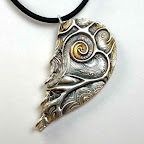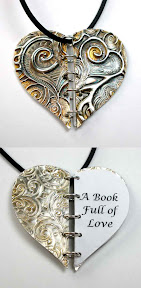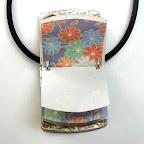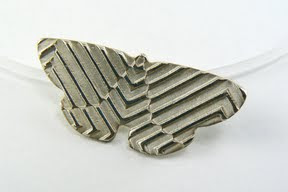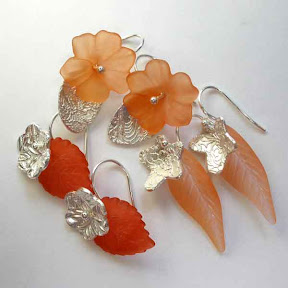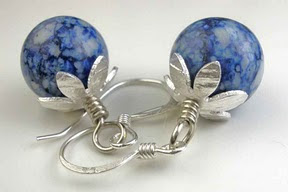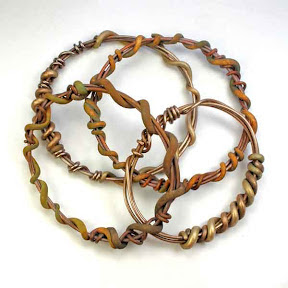 While it does take study, practice, more practice, patience, practice, skill, more practice, talent, and still more study and practice to do exceptional work with any medium, including metal clay, one of the things I love about this approach is the way that even a first-time novice can actually produce a delightful and amazing piece. You just have to be willing to take the plunge and try it!
While it does take study, practice, more practice, patience, practice, skill, more practice, talent, and still more study and practice to do exceptional work with any medium, including metal clay, one of the things I love about this approach is the way that even a first-time novice can actually produce a delightful and amazing piece. You just have to be willing to take the plunge and try it!
But if you don’t really have a clue what the stuff is, how do you convince yourself to do that? As an instructor, one of the challenges I’ve found is to devise projects that are simple enough for even a beginner to complete in a reasonable amount of time, yet with something “new” that the returning student can learn. So I have a particular appreciation for others who clearly address that conundrum.
And there I was one recent day, browsing through my copy of the book, Mixed Metal Jewelry Workshop, by the delightful Mary Hettmansperger, when I saw what she describes as “probably the simplest project in this book.” It involves winding wire into a bangle-bracelet shape, taking some care with the sizing of that, and then wrapping it with “organic coils” of metal clay. The end result is so interesting, but the process permits lots of exploration!
How “wonky” can you make the clay-coils before they break all apart as you wrap them? How thin can you work them before they dry out and crack too much? How thick can they be and still let you wrap them? How does the shrinkage of the clay work with the fixed size of the wire? How (and how much) does any coiling on the wire interact with the coiling of the clay? How can you use combinations of different clays? How do you want to design them so they fit nicely and are comfortable to wear? Those are the questions that came to my mind in the first half-minute of looking at the project; after a few hours of trying this, I had dozens more, going well beyond what was covered in the book.
The photo shows my first four attempts. (Two were brushed after firing, while two are shown with their magical kiln-colors.) More exist already (still unphotographed…), already veering in other directions, with yet more to come after those! I hope to offer some of those variations in workshops over the summer: Of course, I will credit “Mary Hetts” for the original idea, direct everyone to the book that inspired my path to new options, and suggest that folks get it to inspire their own explorations in other ways.
Of course, one advantage to making pendants and earrings, rather than bracelets or rings, is that exact-sizing is not such an issue with them. Even with cuff- or link-style bracelets, you have more sizing options than with these bangles. So that’s a major feature to address. And one disadvantage to using the “base metal” clays for these is how few you can fire at one time. So this fun project is slow going in its own way, but it’s my incentive, at last, to look at alternative firing approaches. There has to be an easier way to make lots more of these, for my own enjoyment as well as for both my students and customers. Ahhh, just what I needed: yet another exploration on which to spend time! But, what else are summers for, eh?
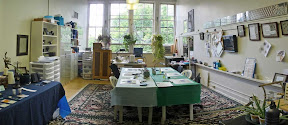
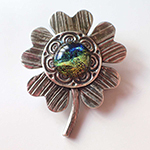 Artsmiths of Pittsburgh
Artsmiths of Pittsburgh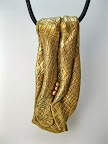 Hoyt Center for the Arts, New Castle, PA
Hoyt Center for the Arts, New Castle, PA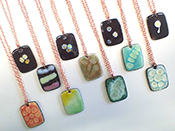 Portage Hill Gallery, Westfield, NY
Portage Hill Gallery, Westfield, NY _Open Houses in my Studio
_Open Houses in my Studio _Or…contact me about hosting a private party!
_Or…contact me about hosting a private party!

